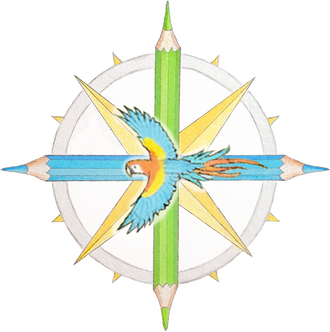BasicsFirst, just a quick chart. These were designed to be intuitive and generally self-explanatory, but it's still good to have them outlined!
CitiesCities were selected based on population. The idea was to include all metropolitan regions with more than 100,000 people, with a much lower threshold in remote areas (particularly Canada/the Arctic). The population bracket of any city would then be displayed through its label size. Once over a million, labels are capitalised.
As short as space was, I wish I could've done a few differently. Examples include Oakland (San Francisco), St Petersburg (Tampa), and San Bernardino (Los Angeles). Cartography is full of constant omission and simplification. Our world is vast. Still, city selection is something I’ll refine in the future, as the single skyline sometimes isn’t enough. Language
What is North America?There are many definitions of North America, and a continent is a rather abstract notion. Earth’s landmasses are perfectly irregular, and they're all islands at the end of the day. Definitions can vary throughout the world, but the 7-continent model is generally accepted. Asia, Africa, N America, S America, Antarctica, Europe, Australia. I hope throughout my life to draw all seven at this scale, each one being a new portrait of a continent. (Antarctica would be my preference right now...)
What else?With literally tens of thousands of tiny illustrated features, there's a lot more. This blog was just to outline the very basics, but in the next guide I will share some motifs and symbols that are commonly used. These include music, sports, seasons, state and national symbols, history, agriculture, mining and much more. Thanks everyone!
3 Comments
As the first pre-ordered prints of North America start to arrive at their destinations, it's a good time for another tour of the map. Like with the last tour, there is no specific theme. From the mountains of Greenland to the Mexican desert, the Rockies to the Honduran jungle... this is a completely random journey across the map. Here are the 12 locations this time: 1. Whisper of a grizzly - San Juan Mountains, ColoradoAlmost all grizzlies in the Lower 48 are in Montana or Wyoming. They once roamed much of the American West but have mostly been driven to extinction - including in states with plenty of habitat. It was declared extinct in Colorado in 1953 but, in the rugged San Juan Mountains, rumours of grizzlies go back for decades. Dominating the southwest quadrant of the state, the San Juan Wilderness is vast. And many sightings throughout the years have been credible. I’m not weighing in of course - I wouldn’t have a clue! But grizzly rumors are as much a part of San Juan lore as the Durango-Silverton railroad. I didn’t want to commit by drawing an actual griz, so I went with a pawprint. Rather than a confirmation, this is more... the whisper of a grizzly. 2. Pingualuit Crater - Nord-du-Québec
3. Big Sur, California
4. Mapimí Silent Zone – Durango, Mexico
5. Greenland's forest - Qinngua Valley, Greenland
6. Georgia on my Mind - Albany, GeorgiaIn downtown Albany, Georgia, overlooking the gentle waters of the Flint River, is a life-size statue of Ray Charles. The musical genius himself was born here, and the statue finds him at a grand piano, leaning back in his distinctive pose. I chose to include the statue for several reasons. First, it’s an Albany landmark, and Ray Charles is the most famous person from the city. Secondly, I’m a huge Ray Charles fan. And finally, Ray has an especially powerful connection to the Peach State, thanks in part to his classic track Georgia on my Mind. Placing him on the piano down there in Albany conjures up his soulful voice singing… “Georgia…” 7. Rain of fish - Yoro, Honduras
8. Polar bear truck - Churchill, Manitoba
10. Palouse Falls - Eastern Washington state
11. Volcán de Colima - Mexico
12. Crown of the Continent - Montana
Where would you like to explore next?
|
Interested in press, wholesale, or anything else? Email us at welcome@antonthomasart.com
Copyright © 2024 Anton Thomas Art. All rights Reserved.
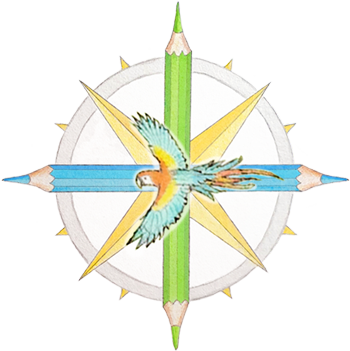
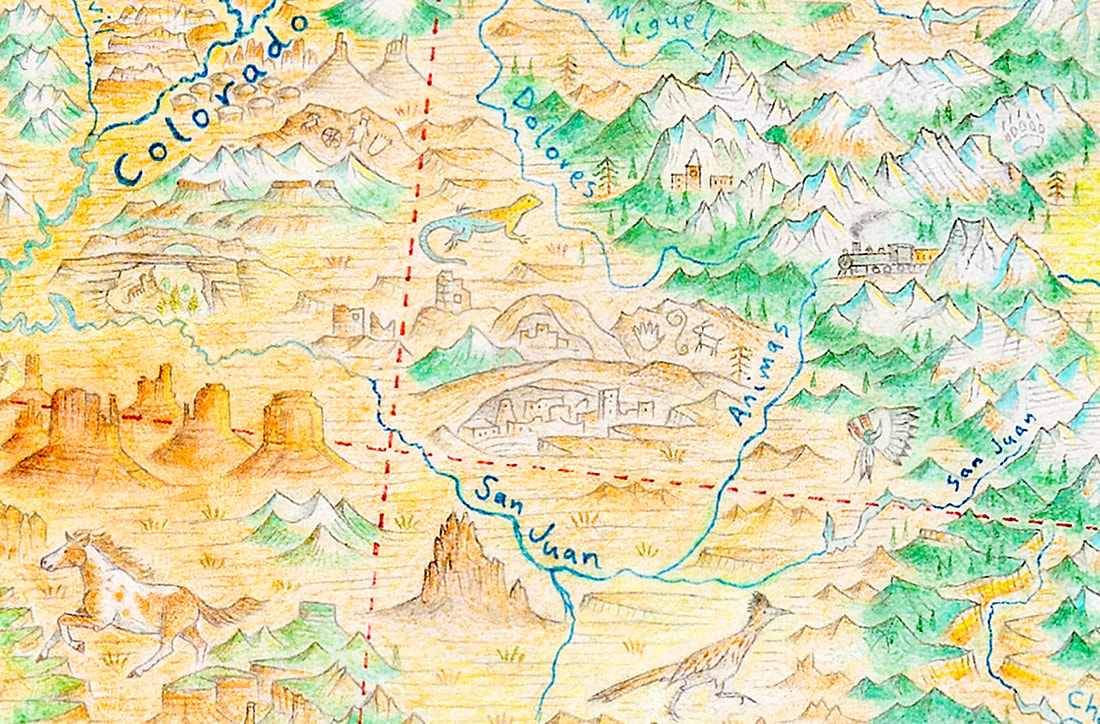
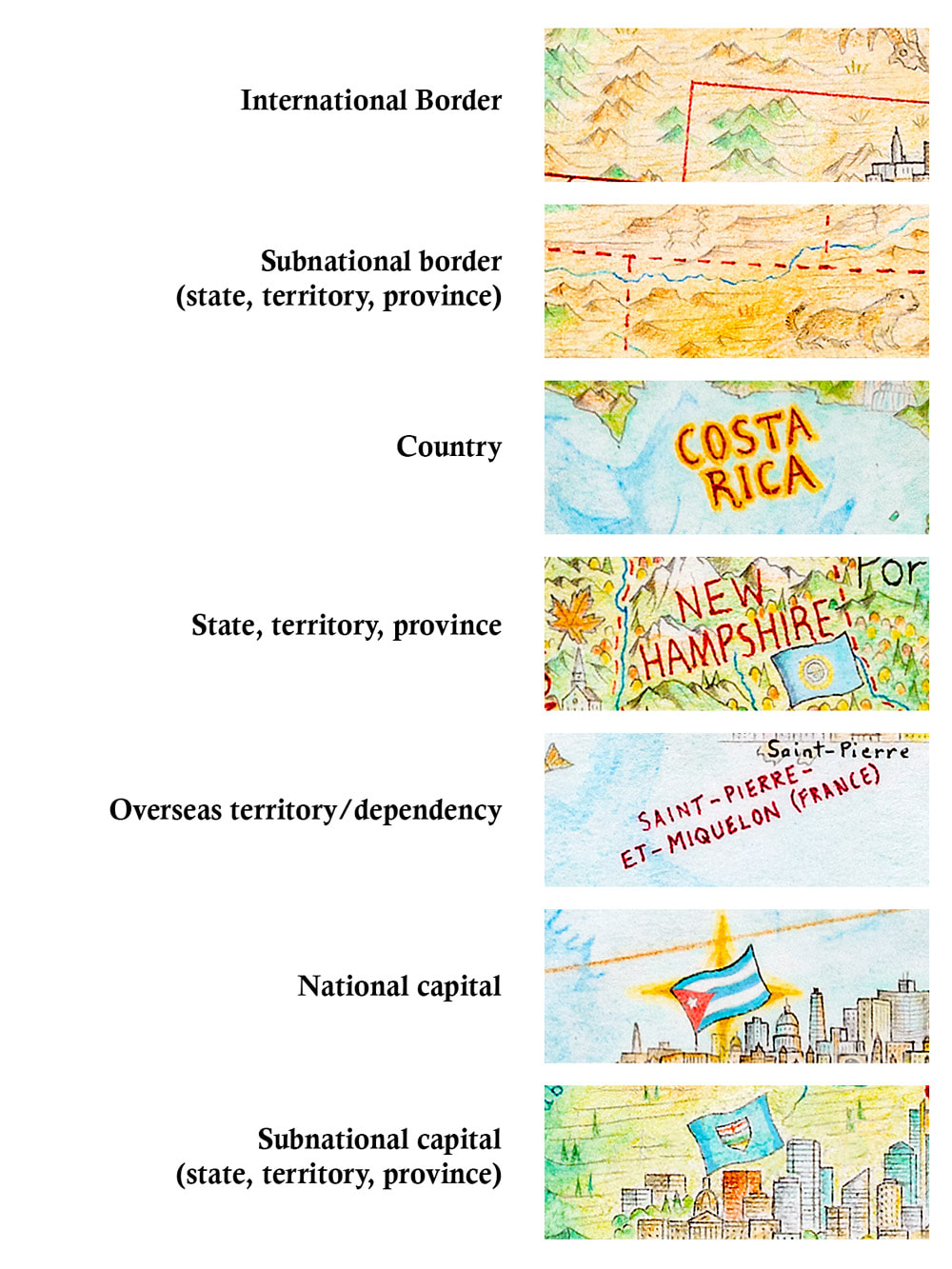
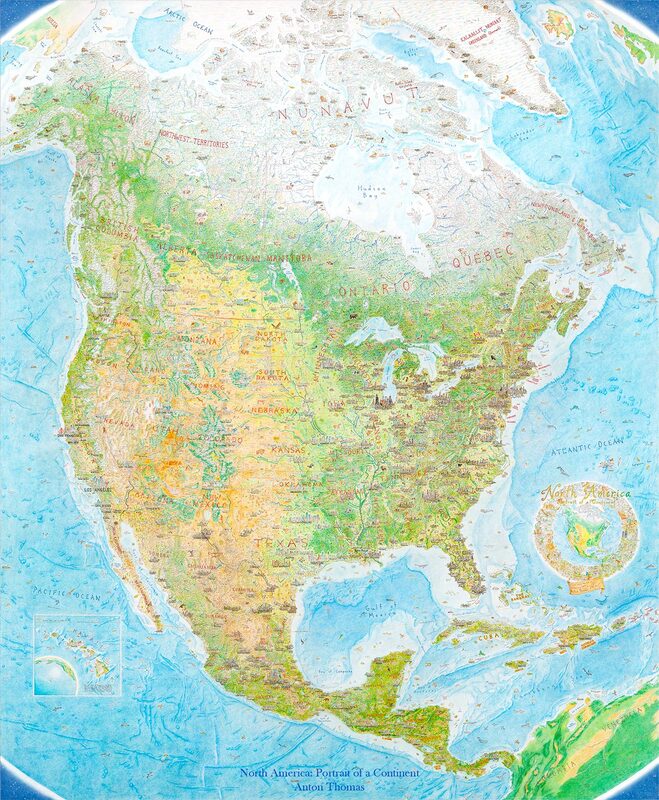
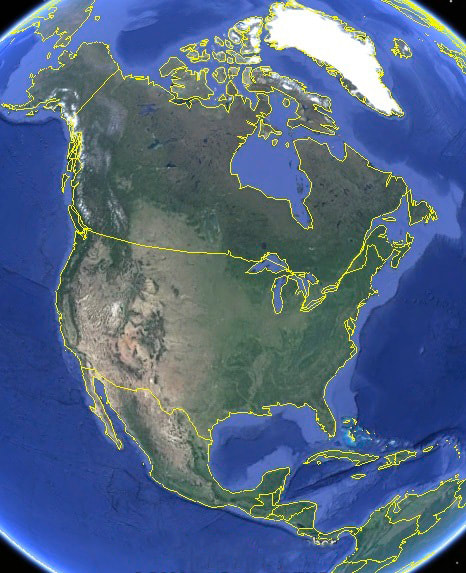
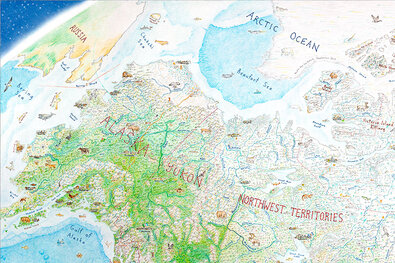
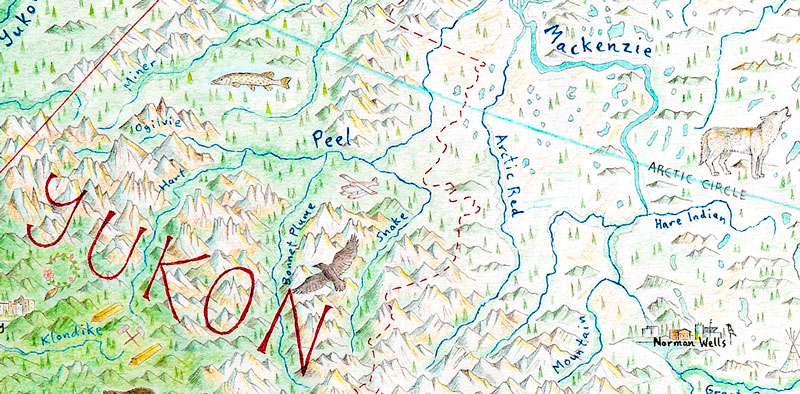
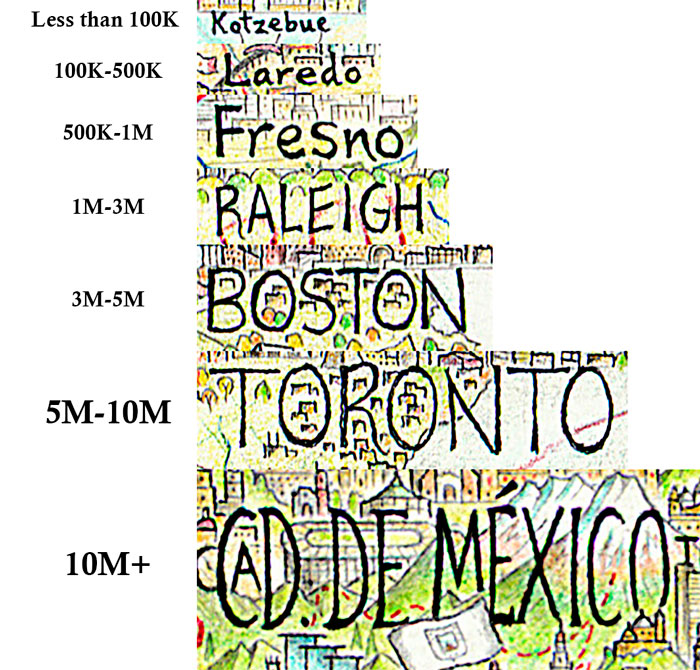
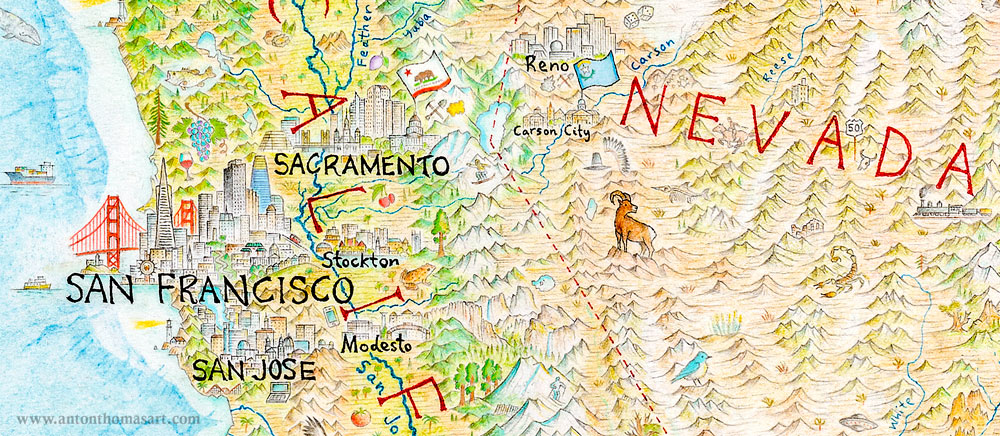
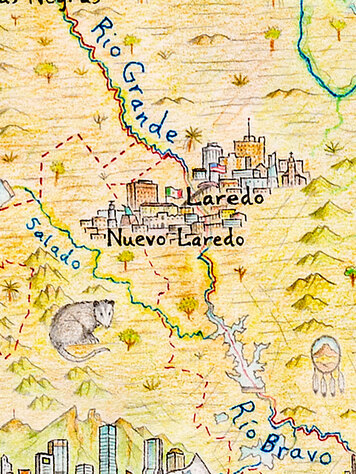
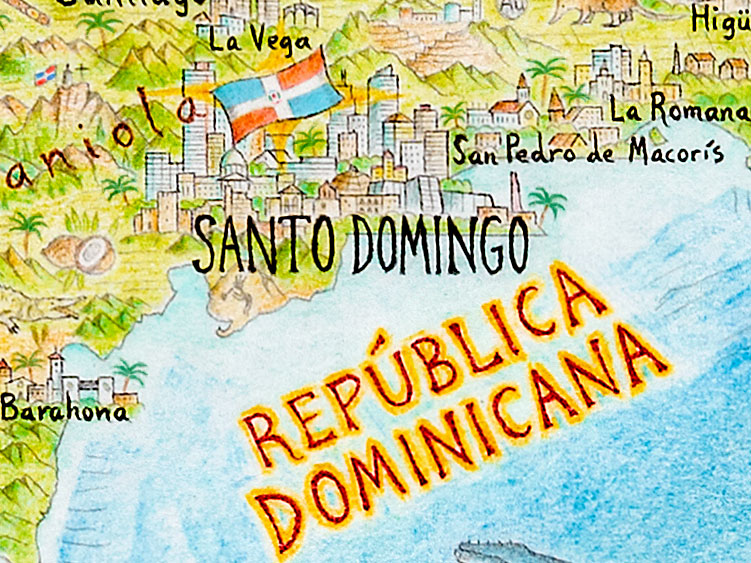

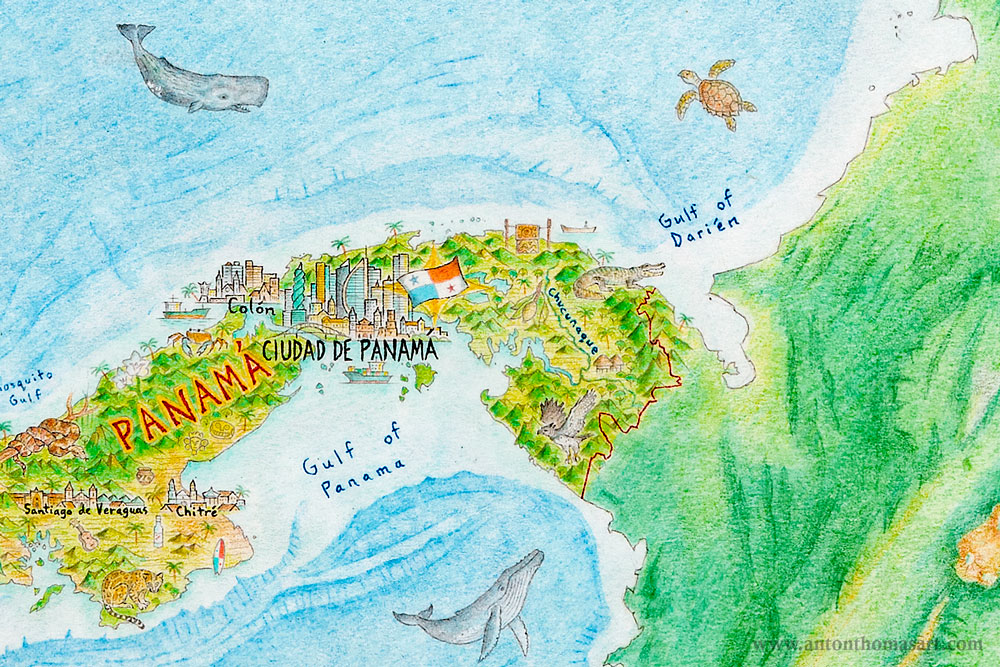
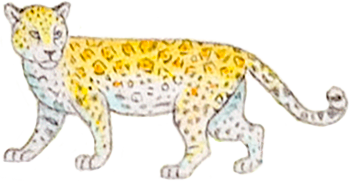
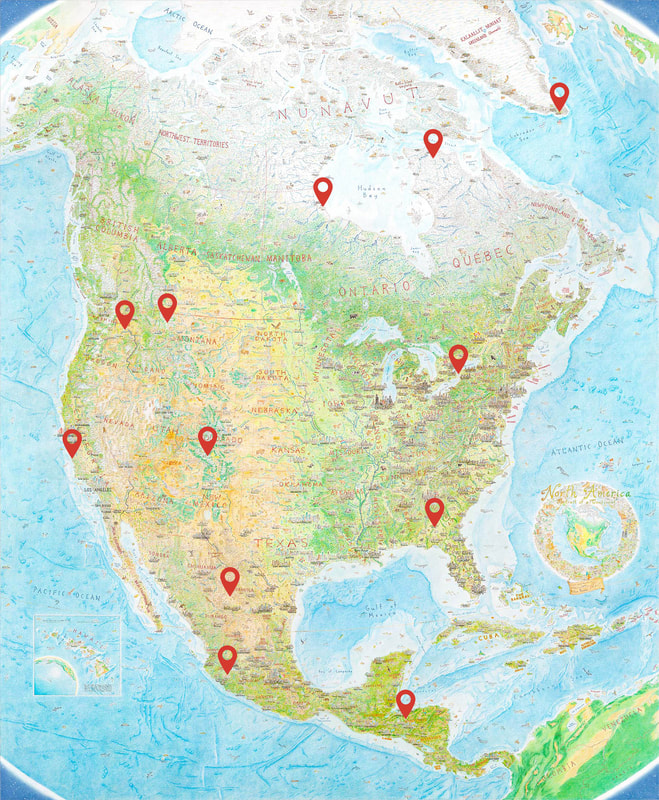
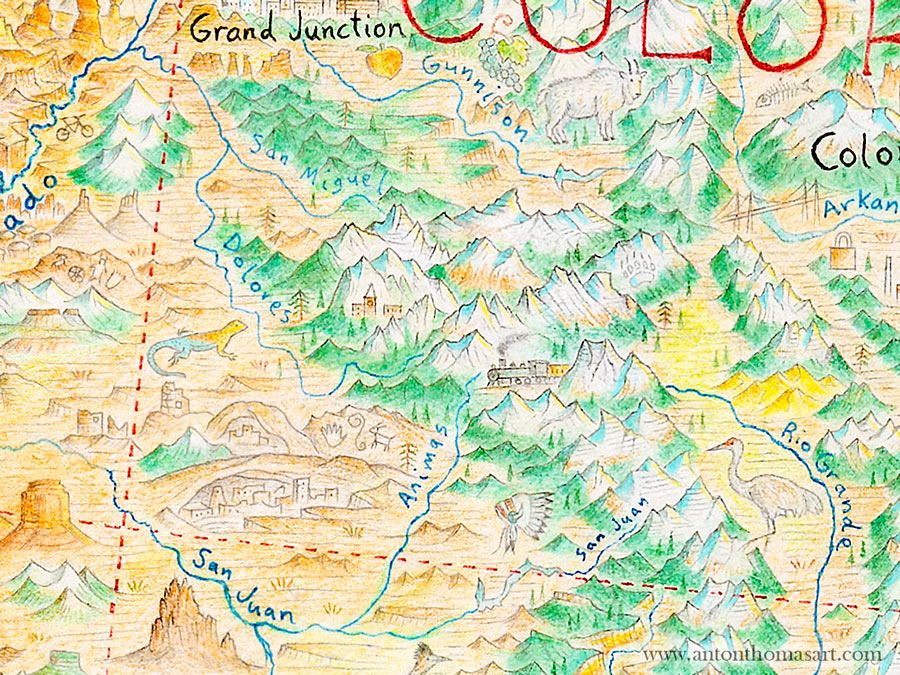
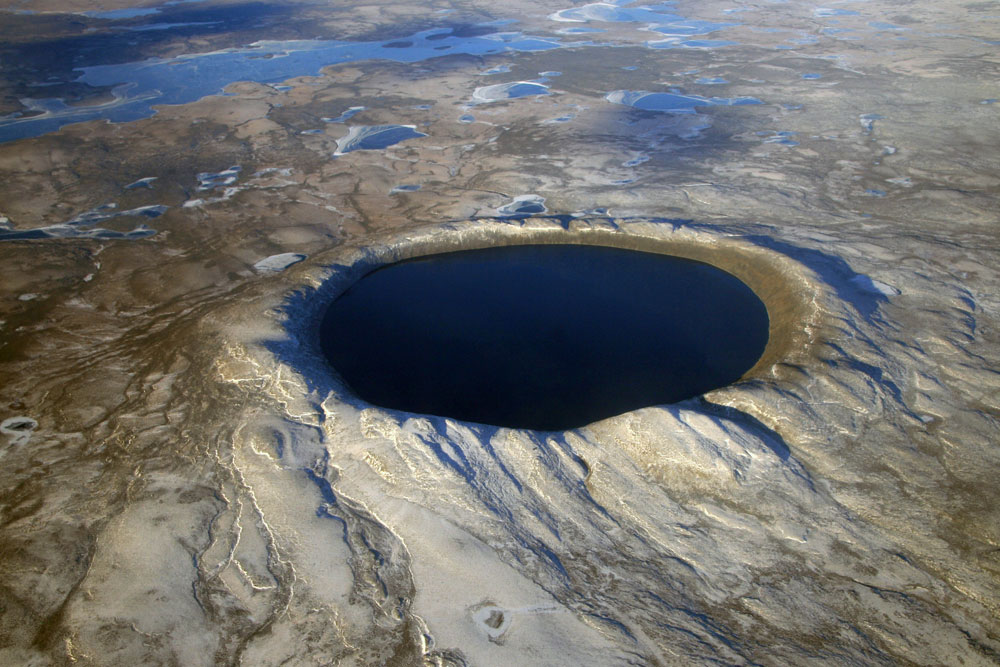
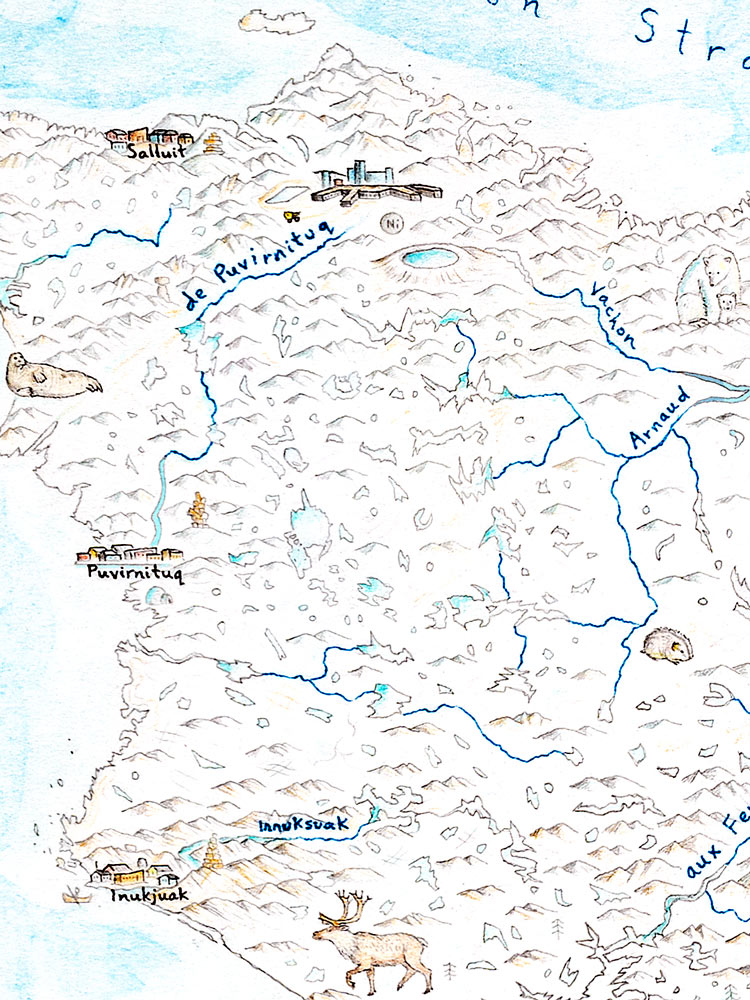
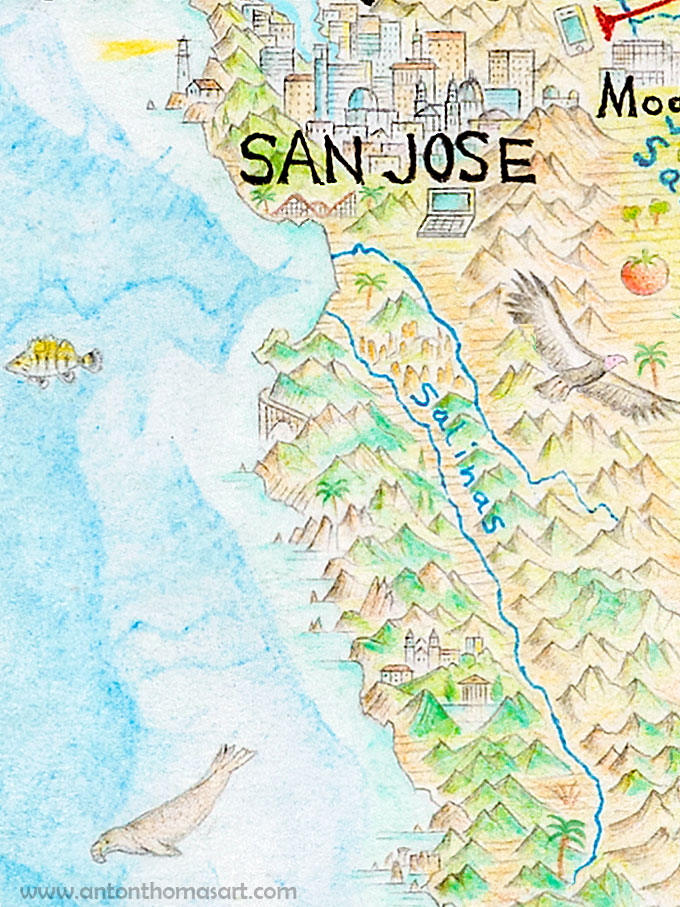
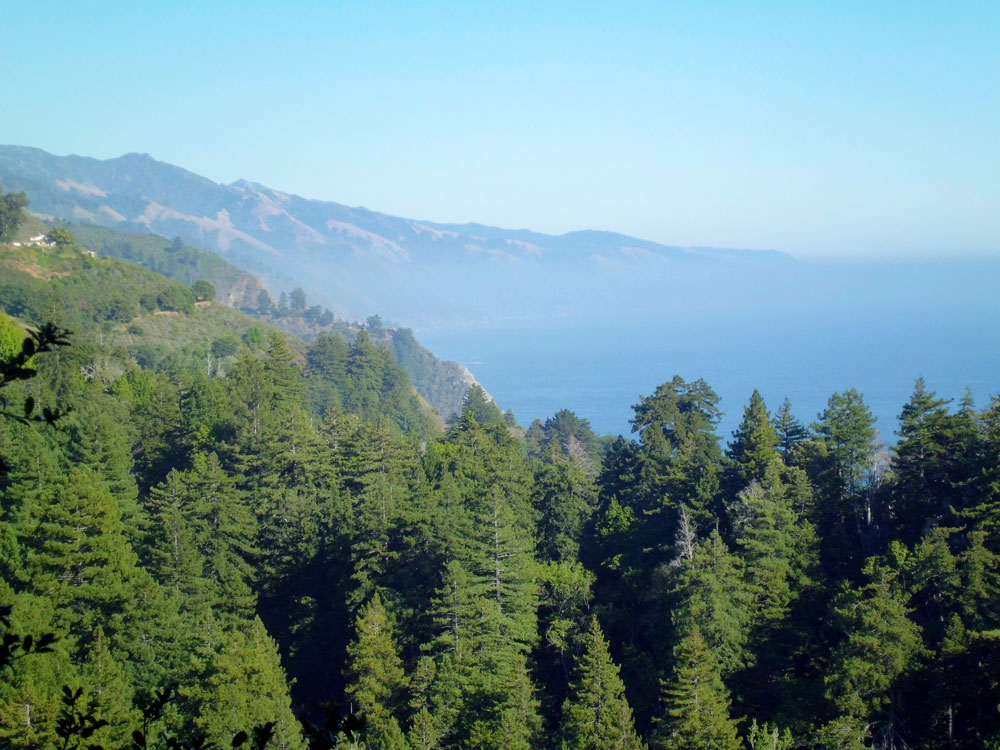
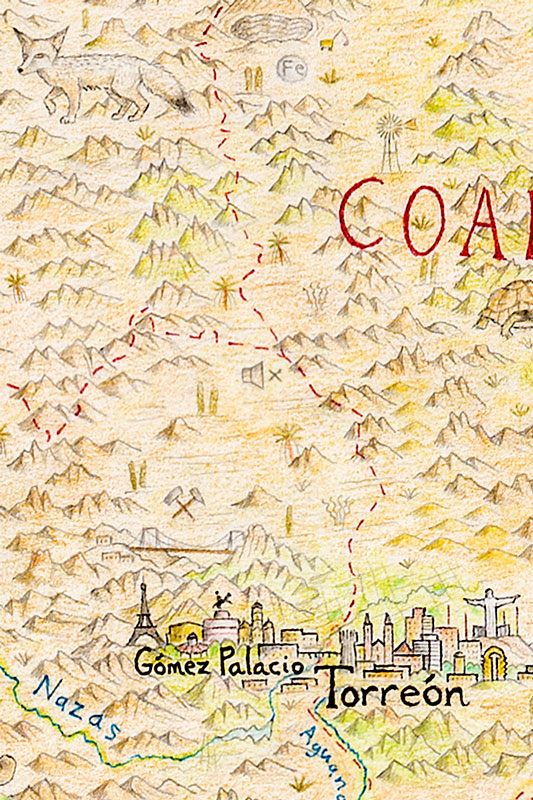
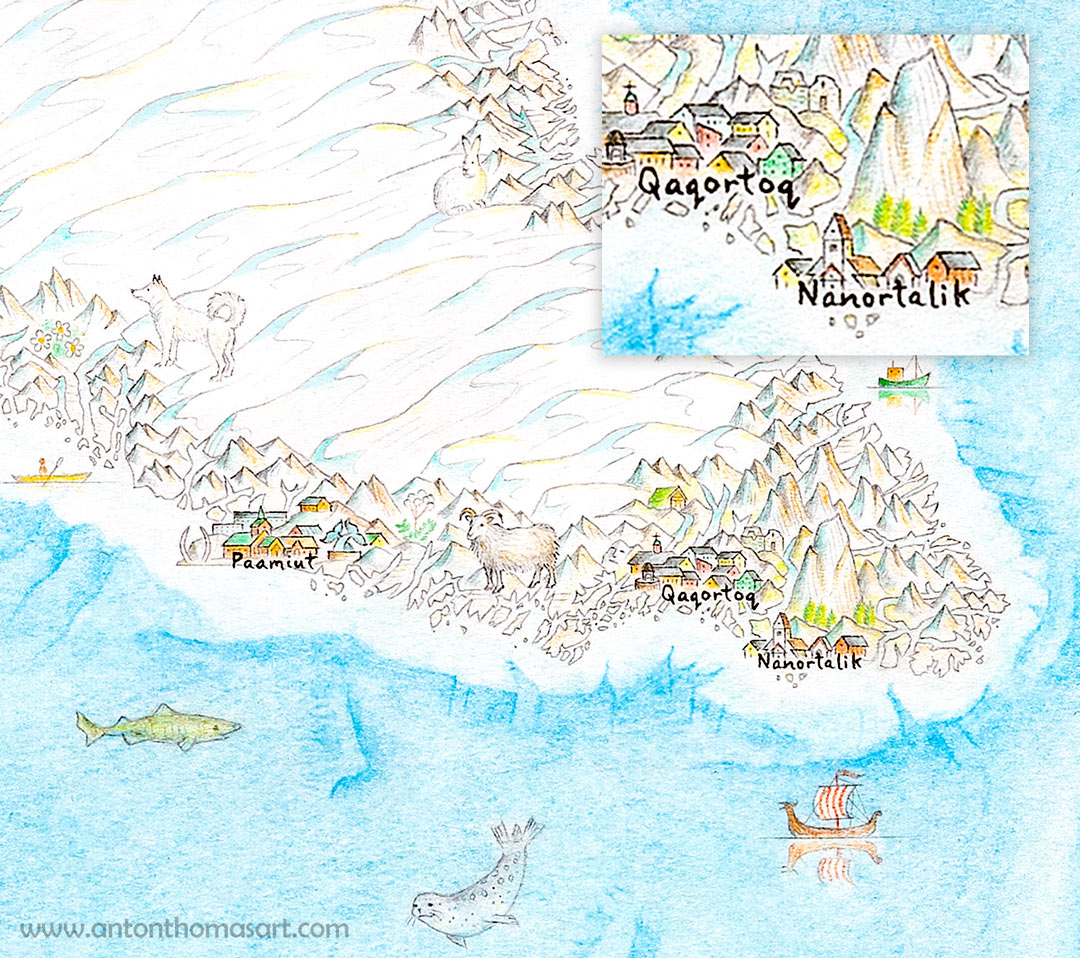
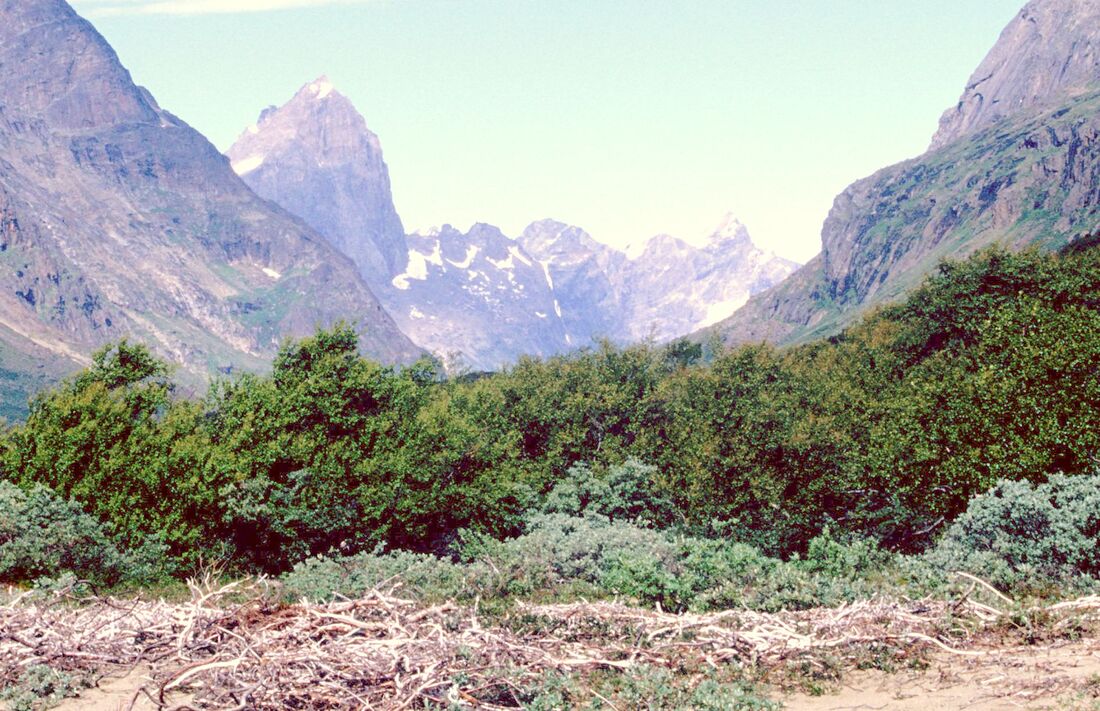
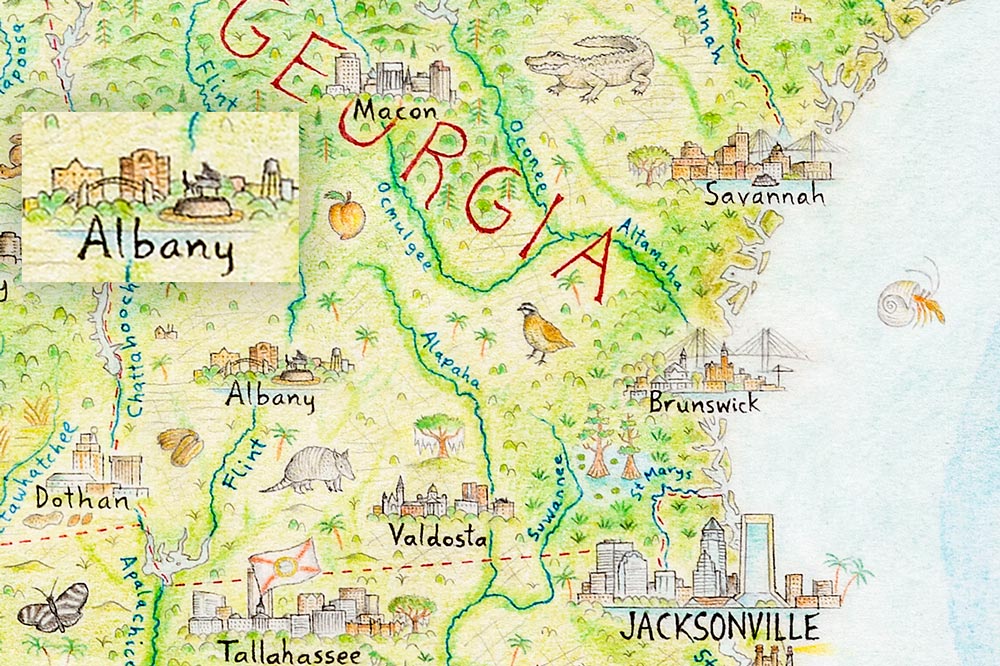
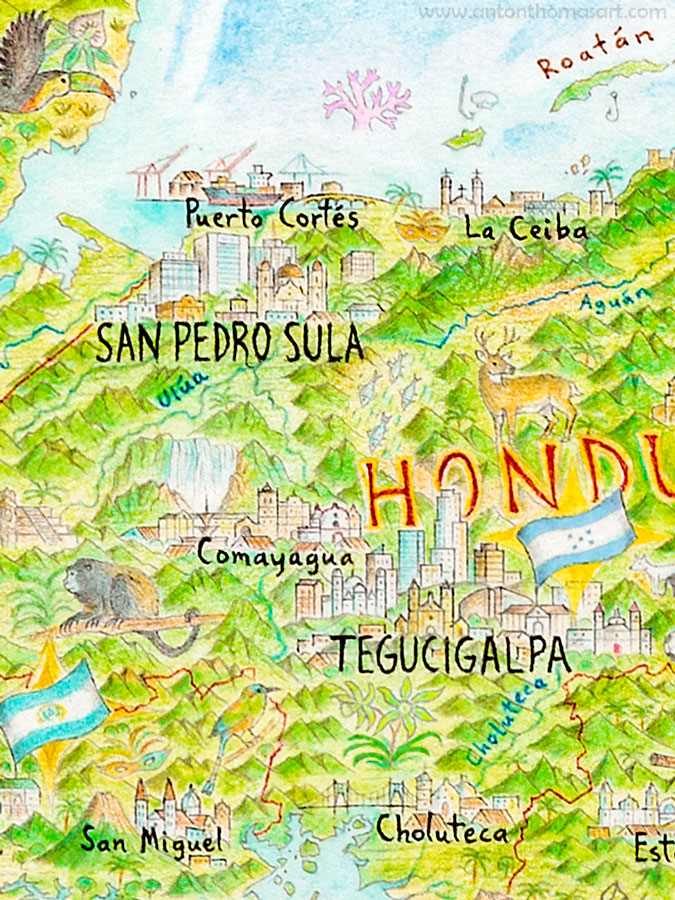
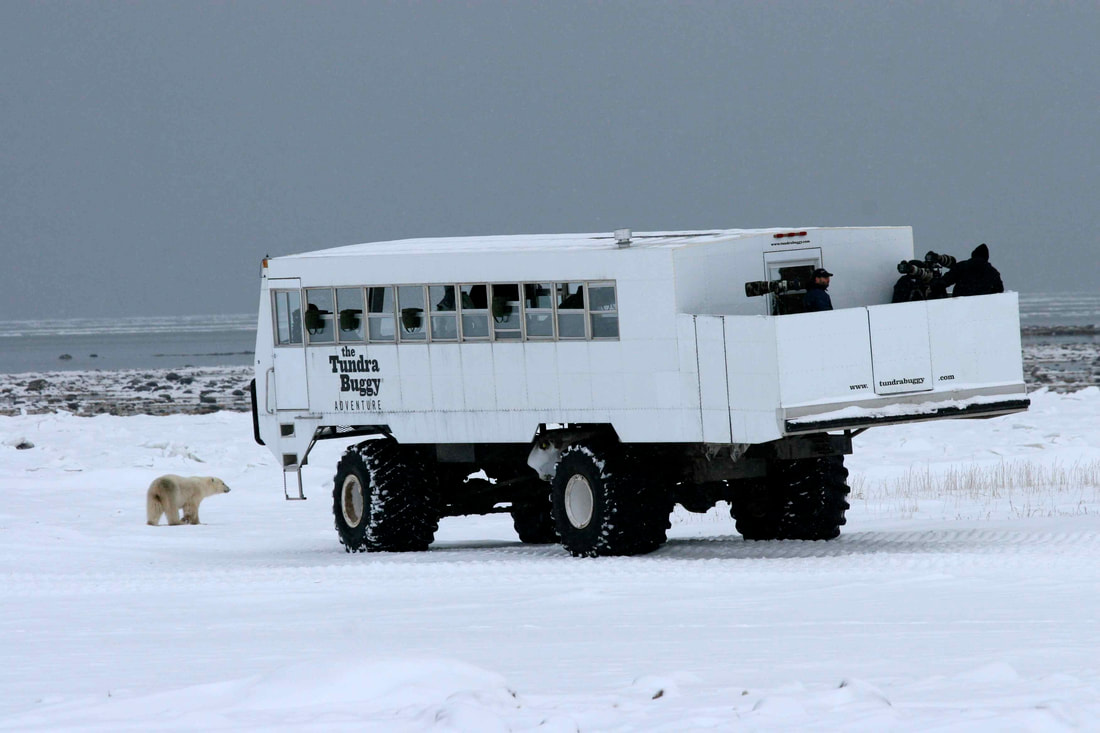
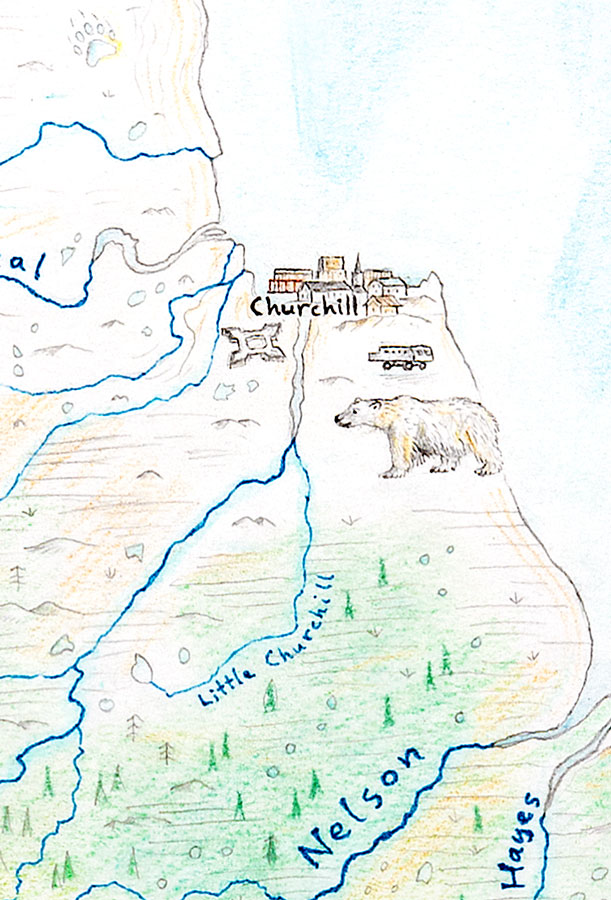
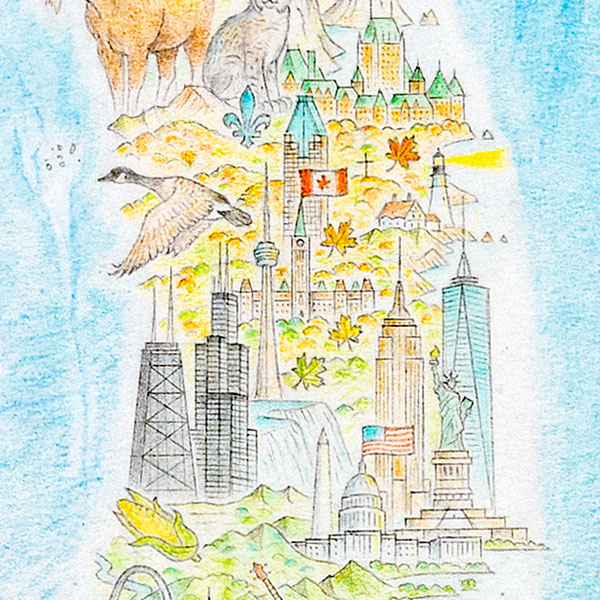
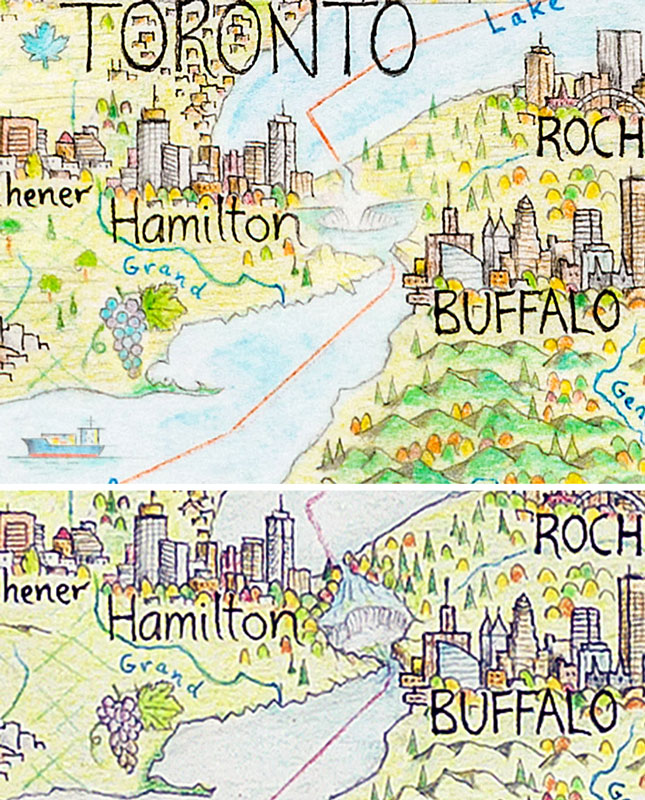
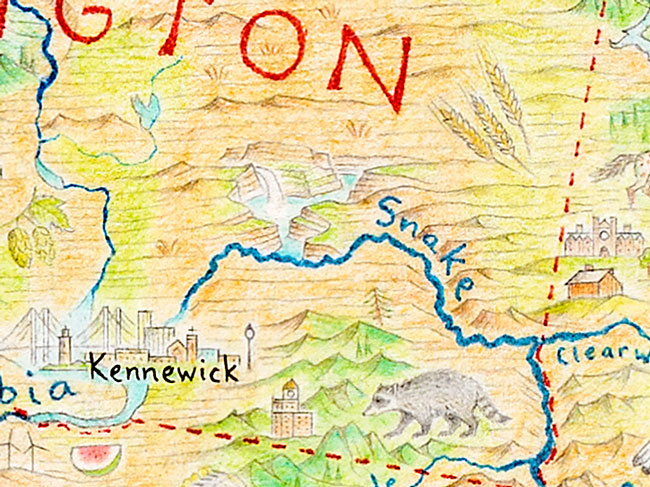
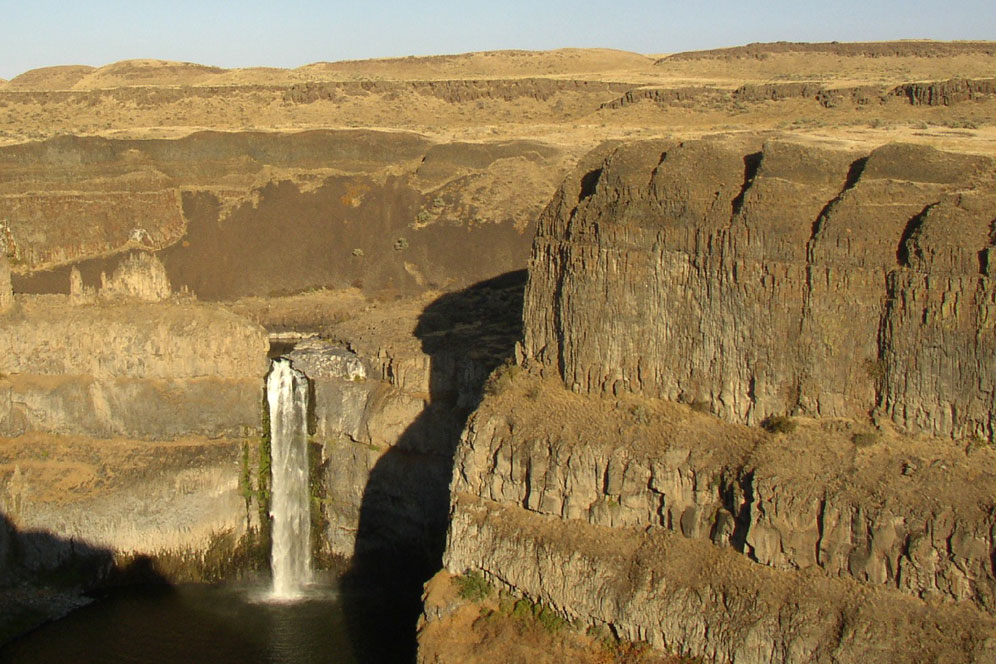
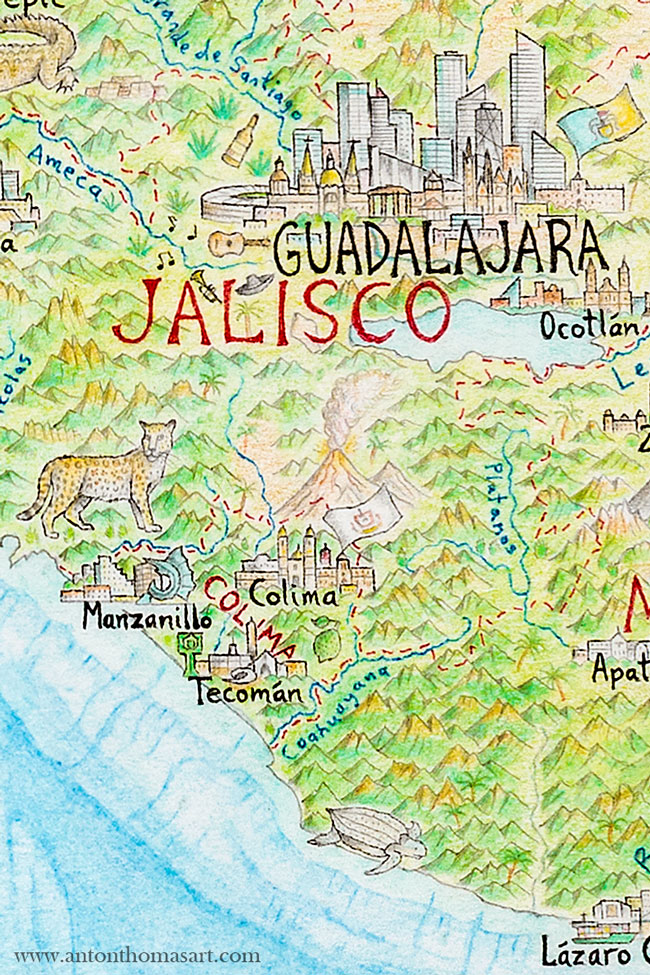
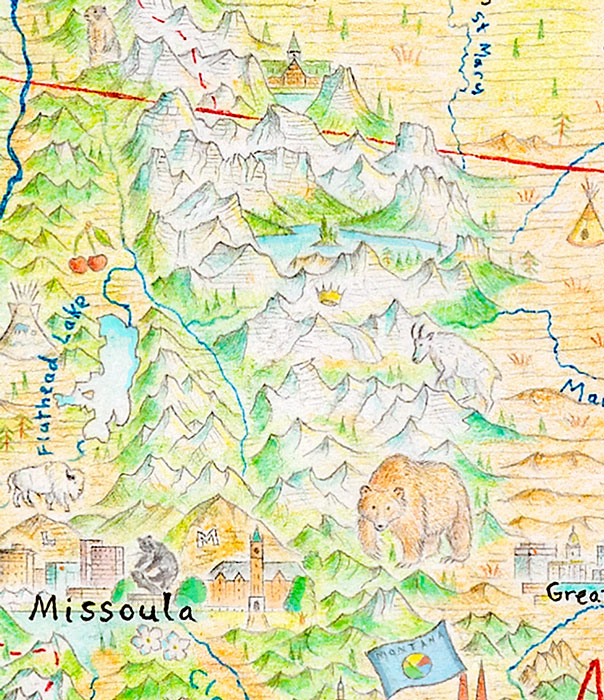
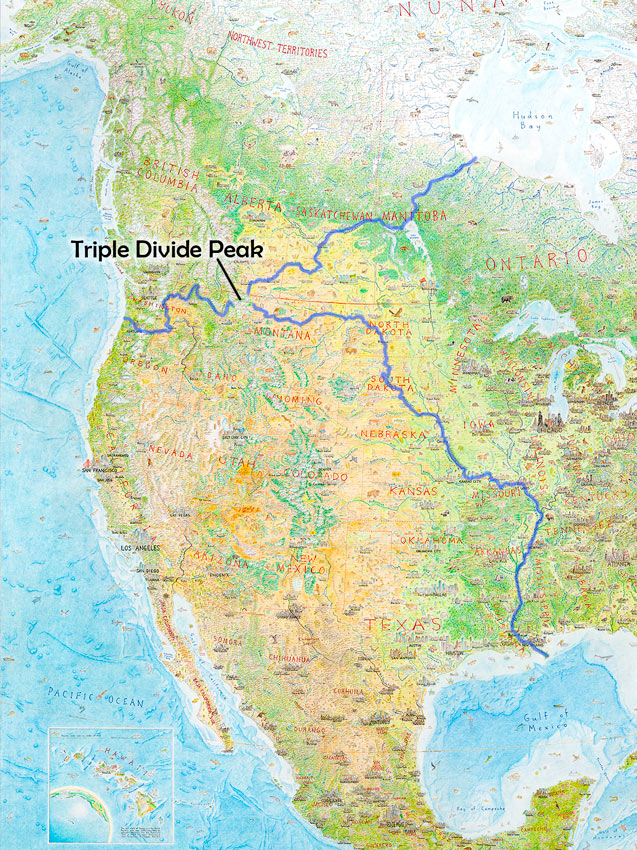
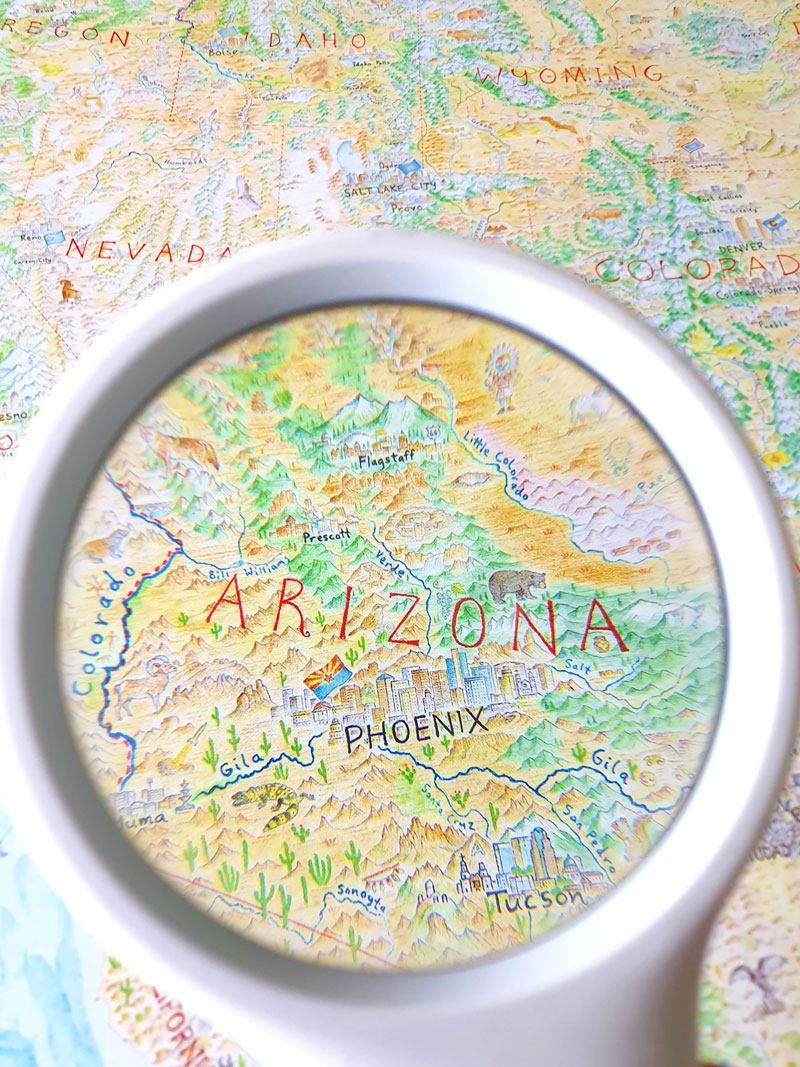
 RSS Feed
RSS Feed
